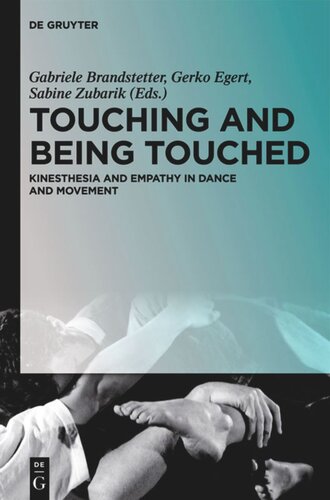

Most ebook files are in PDF format, so you can easily read them using various software such as Foxit Reader or directly on the Google Chrome browser.
Some ebook files are released by publishers in other formats such as .awz, .mobi, .epub, .fb2, etc. You may need to install specific software to read these formats on mobile/PC, such as Calibre.
Please read the tutorial at this link: https://ebookbell.com/faq
We offer FREE conversion to the popular formats you request; however, this may take some time. Therefore, right after payment, please email us, and we will try to provide the service as quickly as possible.
For some exceptional file formats or broken links (if any), please refrain from opening any disputes. Instead, email us first, and we will try to assist within a maximum of 6 hours.
EbookBell Team

4.3
88 reviewsTouch is a fundamental element of dance. The (time) forms and contact zones of touch are means of expression both of self-reflexivity and the interaction of the dancers. Liberties and limits, creative possibilities and taboos of touch convey insights into the ‘aisthesis’ of the different forms of dance: into their dynamics and communicative structure, as well as into the production and regulation of affects.
Touching and Being Touched assembles seventeen interdisciplinary papers focusing on the question of how forms and practices of touch are connected with the evocation of feelings. Are these feelings evoked in different ways in tango, Contact improvisation, European and Japanese contemporary dance? The contributors to this volume (dance, literature, and film scholars as well as philosophers and neuroscientists) provide in-depth discussions of the modes of transfer between touch and being touched. Drawing on the assumptions of various theories of body, emotion, and senses, how can we interpret the processes of tactile touch and of being touched emotionally? Is there a specific spectrum of emotions activated during these processes (within both the spectator and the dancer)? How can the relationship of movement, touch, and emotion be analyzed in relation to kinesthesia and empathy?